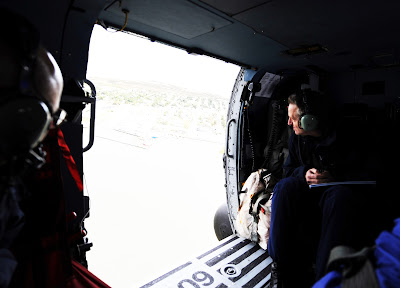 |
| Photo: Libya. Credit: CIA World Factbook. |
Little Describes Pentagon's Benghazi Decision Process
By Jim GaramoneAmerican Forces Press Service
WASHINGTON, Nov. 2, 2012 - Two U.S. service members did participate with a CIA team in the mission to rescue Americans in Benghazi, Libya, on Sept. 11, 2012, Pentagon Press Secretary George Little told reporters today.
Little spoke of the events of that night during a press availability in his Pentagon office. Four Americans -- including the U.S. Ambassador to Libya J. Christopher Stevens -- were killed in a terror attack on the U.S. consulate in Benghazi that night.
The two American service members were based in the Libyan capital of Tripoli and volunteered to join the team that traveled to Benghazi. Little could not say what position the service members held, but did say DOD is proud that they volunteered to perform the mission.
Defense Secretary Leon E. Panetta, Chairman of the Joint Chiefs of Staff Army Gen. Martin E. Dempsey and U.S. Africa Command commander Army Gen. Carter F. Ham discussed the situation in Benghazi soon after they were notified of the assault.
"There were discussions here at the highest levels including the secretary as to what kind of response we might be able to provide," Little said.
"The secretary ordered appropriate forces to respond," he said. "Those forces included FAST (Fleet Antiterrorism Security Team) platoons from Europe, a special operations unit in Central Europe, and another contingent of U.S. troops from the United States."
It takes time to notify troops, organize them and then transport them, Little said. It also takes time to develop an intelligence picture of what they might face on the ground.
"The fact of the matter is these forces were not in place until after the attacks were over," he said. "Let me be clear. This department took swift action. We did respond. The secretary ordered forces to move. They simply were not able to arrive in time."
DOD was preparing for a range of contingencies that day.
"We were readying for the need to augment security measures at our facilities in Libya, we were prepared for the possibility of a hostage situation as well," Little said. "These were all the things we were looking at in the midst of an event that we did not know was going to happen in Benghazi that night."
















